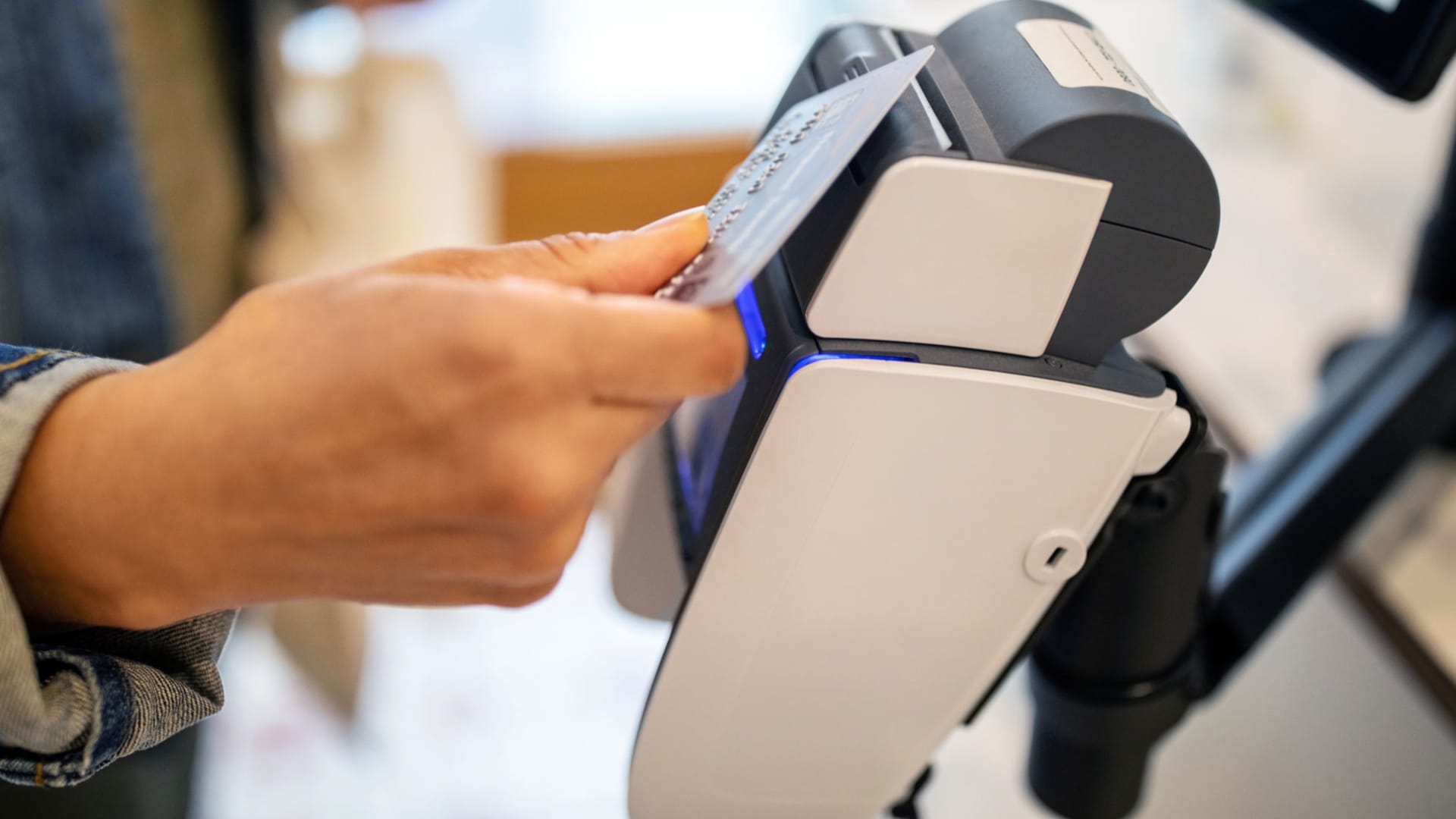Products You May Like
There’s a pervasive myth about credit-card balances and credit scores — and it may be costing you money.
Sixty-five percent of Americans think carrying a small balance on their credit card each month will improve their credit score, according to a recent Lending Tree survey. The share is higher among young consumers — 79% of Generation Z hold that belief, for example, according to the survey, which polled 1,323 adults in February.
But that belief isn’t true, according to Matt Schulz, chief credit analyst at Lending Tree. And it may have the reverse effect, depending on how consumers use their cards.
“The problem with this myth: It ultimately costs people money,” he said.
The myth is likely the result of a tension: Using cards responsibly can help consumers (especially young ones) establish a good credit score but making infrequent purchases with a card may lead lenders to close them.
Some consumers have mistakenly interpreted being a frequent user with the need to keep a balance on their credit card, Schulz said. (A balance results when consumers make the minimum card payment each month instead of paying their bill in full.)
Making a minimum monthly payment generally keeps consumers in good standing with creditors. But the practice can still serve to damage your credit score, Schulz said.
A large balance can indirectly reduce credit scores by raising consumers’ credit “utilization rate.” This is the ratio of what consumers owe relative to their total credit limit.
Credit utilization is among the most important factors that determine a credit score, Schulz said. Having bad credit might mean consumers have a harder time securing loans or may trigger higher interest rates on mortgages and other debt relative to someone with good credit.
“Having little to no utilization rate is actually a good thing, because it shows you’re responsible for paying down those balances when they come,” he said.
Consumers can achieve this outcome by making a small recurring purchase each month (a phone bill, for example) and then paying off the card in full.
Second, consumers owe interest payments on their balance when they don’t pay their bills in full. Credit cards often carry high interest rates. The average card had interest rates over 16% last week, as of March 30, according to CreditCards.com.
Card issuers are likely to increase those rates as the Federal Reserve continues hiking its benchmark interest rate in coming months.
Thirty-five percent of cardholders don’t know their credit card’s interest rate, according to Lending Tree. And 49% don’t pay their credit card bills in full each month.
